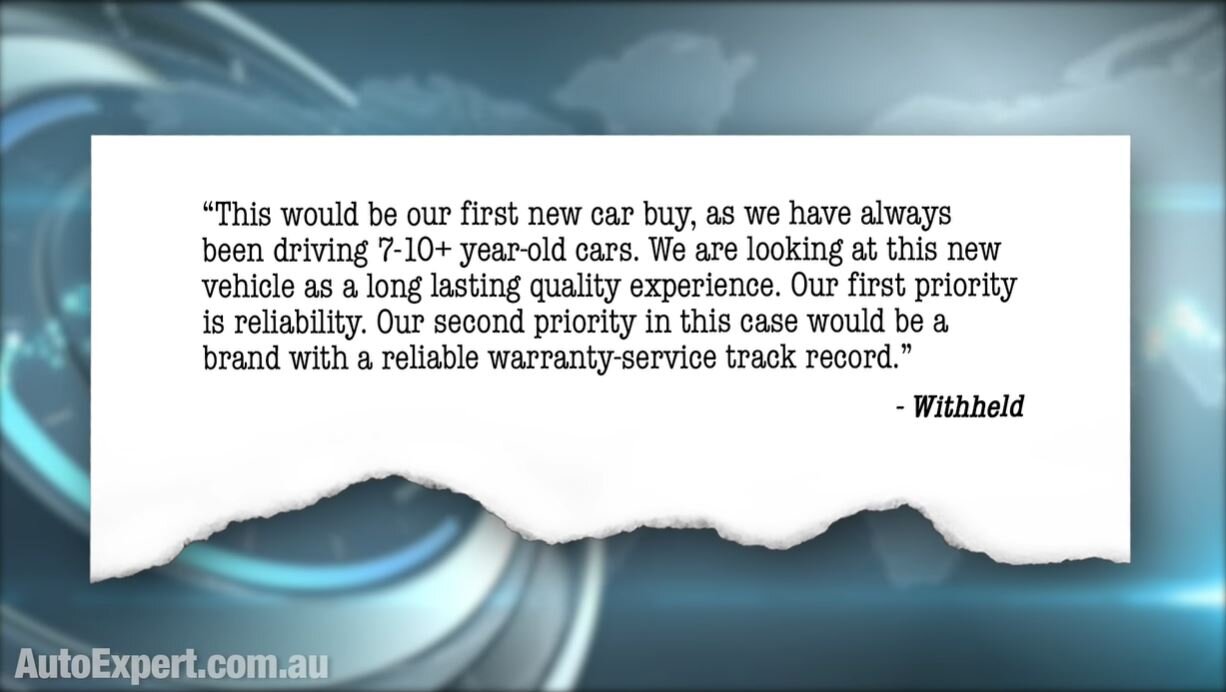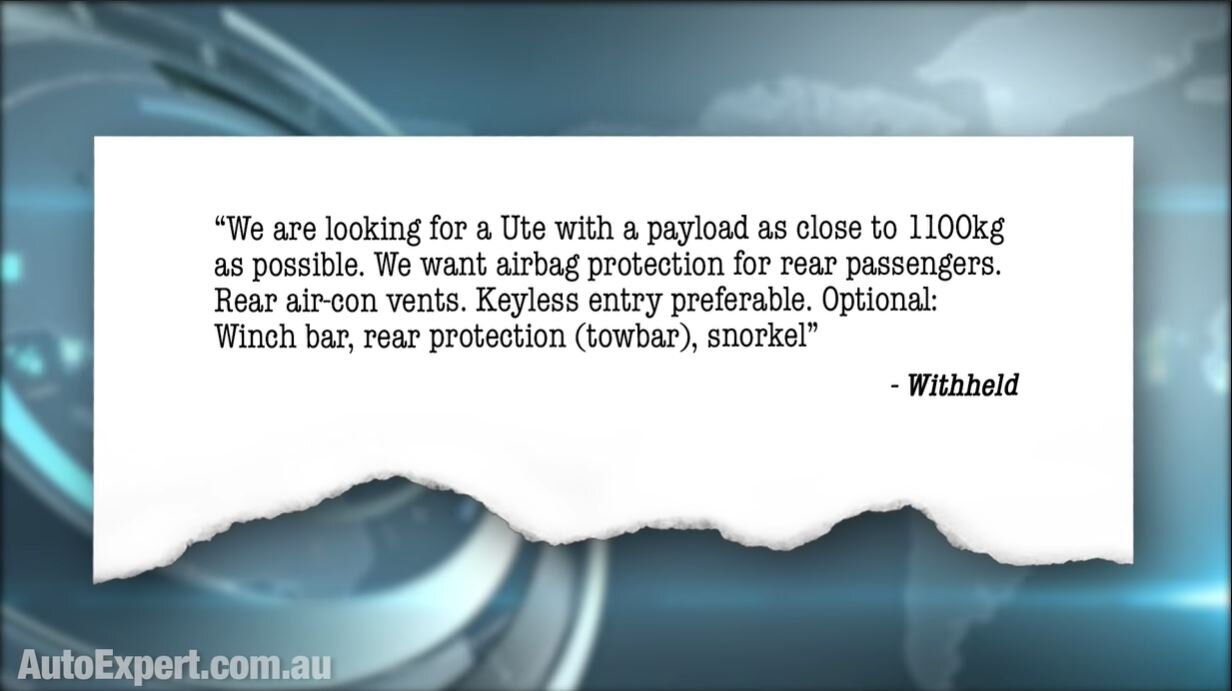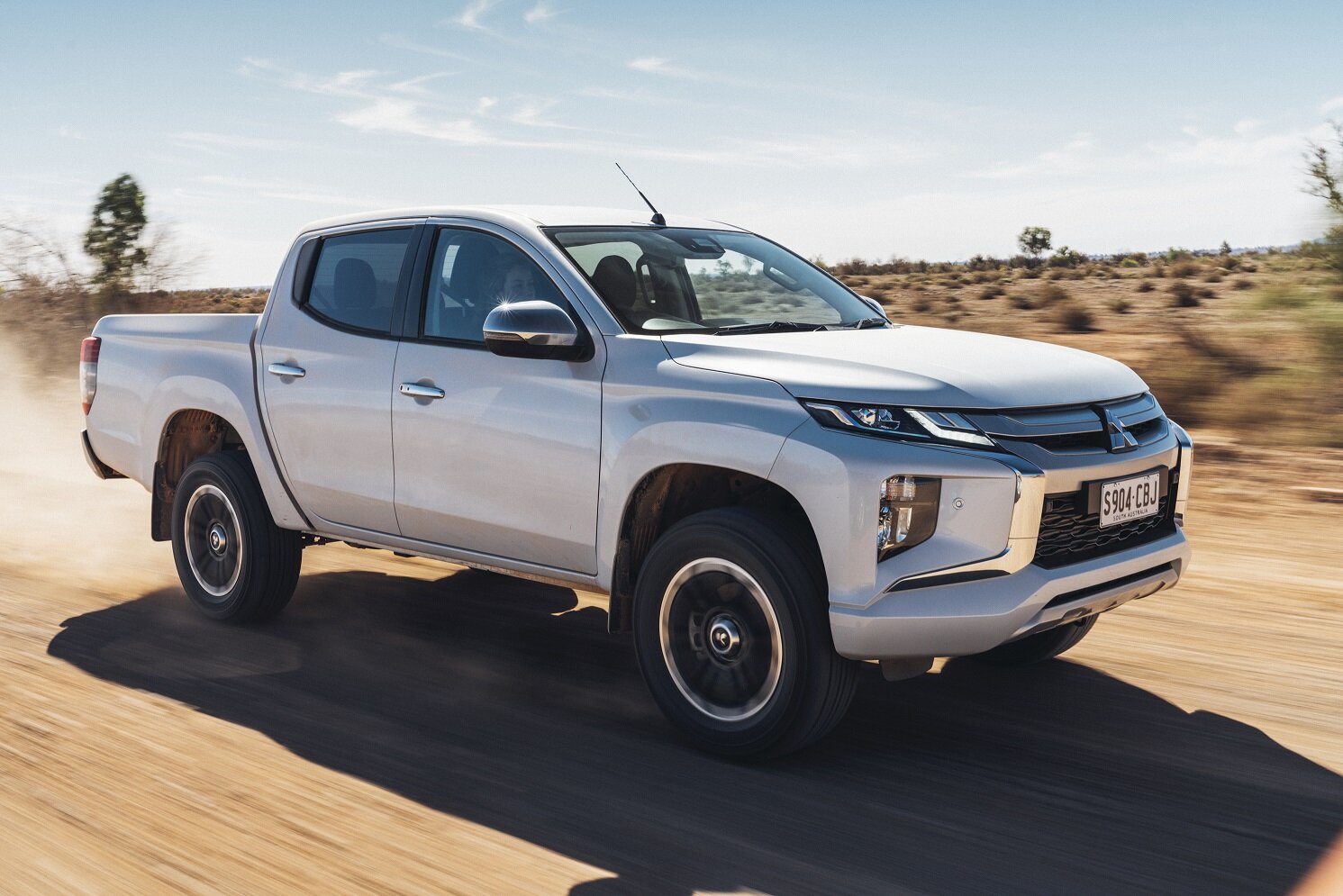The truth about modifying 4X4 dual-cab utes for remote adventuring
That 4X4 ute you’re thinking of ‘building’ for that big adventure? Yeah, sorry to say but 80 per cent of your plans in that respect are probably really dumb ideas…
It’s time for some straight talk about 4X4 utes and off-road adventuring.
Now, I’m coming at this as a 4X4 dual cab ute owner - I own a Triton GSR - it’s dead stock. Sorry, ARB. (Not really.) And I’m coming at this as a mechanical engineer.
It’s time for some real ‘no shit’ dialogue on this, because the likes of ARB and TJM are so keen to connect a thousand industro-spec Dysons to your bank account and keep sucking until it’s a vacuum down there.
There’s a billion accessories you can bolt on - there are accessories for accessories - it’s like ‘accessory Inception’ - and there are all these commentators out there who will show you their personal pimp’s Cadillac of quasi-sponsored ‘ute builds’. And that’s fine - if it’s just perfectly innocent 4X4 porn.
What’s not OK is for you to start thinking this is a good idea (or essential) for you. It’s not. The only rational reason to modify a vehicle is if it will not do something you need it to, out of the box - and then you’ve gotta ask yourself: Should I have bought a different vehicle?
Here’s a question I got last week, about buying a new dual-cab:
OK - so far: good plan. Approved. I’m not going to name this dude because there’s no point embarrassing him. A lot of people jump down the rabbit hole we appear to be poised above.
OK - so you probably don’t need a winch. Snorkels are generally a joke - unless you’re going to do really deep water crossings, in which case you also need to extend the breathers for the driveline. And protect the fan. And you’ll void the warranty, which is apparently so important in this case.
You’re probably not going to like this report. (But that’s quite OK because ultimately I prioritise honesty over appeasement. And it is so liberating not giving a shit what people think - I wholeheartedly recommend it to everyone.)
USEFUL LINKS FOR OFF-ROADING AND ACCESSORIES
Rhino 4X4 roof rack: Why I didn't buy one >>
4X4 Snorkels: Ultimate Buyer's Guide (you probably don't need one)
4WD Snorkels and increasing engine airflow (your Q&A - contains nuts)
Essential guide to 4WD tyre pressures and related 4X4 driving basics >>
Basic safe 4WD recovery rules for off-road adventuring >>
Hard shackles -Vs- soft shackles in 4WD recovery >>
Are GVM upgrades a good idea? >>
The most common off-road driving mistake (and how to avoid it) >>
My AutoExpert AFFORDABLE ROADSIDE ASSISTANCE PACKAGE
If you’re sick of paying through the neck for roadside assistance I’ve teamed up with 24/7 to offer AutoExpert readers nationwide roadside assistance from just $69 annually, plus there’s NO JOINING FEE
Full details here >>
Utes & pick-ups are not heavy duty
Here’s the thing with these utes: Hiluxes, Rangers, BTs, Navaras, Tritons, D-MAXes, even shitbox Amarok: They’re light-duty vehicles. Like, keep saying this to yourself: “Light duty.”
Utes are NOT trucks.
If you’re thinking of your ute as a truck, wake up. I strongly suggest you go look at a real truck. They’re not the same thing. Not even close.
Bolting all this crap up, in, on, and around these vehicles, and adding the 4-5 people and all those provisions, and otherwise maxxing out the 1100kg payload - and then flogging you prized possession over (quote) ‘medium to advanced 4WD tracks’ for ’10-15’ years is at best quite a bad plan when your stated, overarching priority is (quote) ‘reliability’.
In fact, that sound you hear is reality pounding on the door, demanding to assist you with recalibrating your frankly batshit plan. If you let ‘reality’ in, it would explain calmly that your light-duty 4X4 dual-cab pickup is about to get caught in the crossfire, because severity of operation is the enemy of reliability. And you want both, apparently.
Reliability is compromised when operational severity is increased.
These sorts of vehicles, frankly, are not designed to be beaten endlessly at the limits of conflicting capabilities. (Limit of off-road ability + limit of payload capacity = a great way to break something expensive and/or end up parked on the roof. This happens all the time, on the road to Dingo Piss Ck.)
People often think it’s a great idea to tow something really heavy as well, although not in this case. It’s not.
So if you are going to do this adventuring, I’d recommend figuring out a way to do it at well under the maximum payload capacity, or carry the maximum payload if you must, but don’t also do heavy-duty 4WD work at the same time.
CRACKED! Hi-tensile bolts Vs chassis Vs dealer incompetence - what happens when your towbar is fitted incorrectly and the potential for disaster.
Buy a truck for heavy duty
Or buy an actual truck, like an Iveco Turbo 4X4 or an Isuzu NPS 4x4, which are designed to do both things at the same time (and when you’re checking out the Iveco, have a look at how different the fundamental engineering of a vehicle such as that actually is.) And you can guarantee you won’t overload an Isuzu NPS truck - which offers a dual-cab and a 7500kg GVM which can be rated down to 4500kg to allow driving on a car licence.
That Iveco is not a ‘light duty’ vehicle. Nor is the Isuzu. You’ll put everything into the back of an NPS and it’ll look back at you thinking, “Is that it?”.
If you wanna see what it can do, here’s the Daily 4x4 spec sheet >> . And here is the Isuzu NPS 4x4’s spec sheet to emasculate your 4WD Action poster ute. And this is the Isuzu NPS 4x4 with a service-pack to be more realistic and accurate on weights and limits, including a tray.
Alternatively, you could put 500kg in the ute, which is really just the family and some essentials, and maybe tow a trailer not more than 2000kg. (Like 400kg tare and with a payload of 1600kg - two axles, braked, roller-rocker suspension… It does not have to be the fanciest off-road trailer money can buy - just a decent trailer, for touring.)
Lots of people turn their utes into the ‘pimp’s Cadillac’ of 4X4s - which is a great recipe to overload them (or on-limit load them) and thus engineer out any latent reliability the vehicle(s) possess. If you max out the payload and then max out the severity of the usage, everything will break sooner, and it’ll be a pig to drive. This is heresy, of course, to the ears of ARB or TJM. They want to sell you one of everything. But you don’t have to say ‘yes’.
If you do end up going with a conventional ‘Japanese’ 4X4 dual cab, I’d choose one that’s been on sale for at least 12 months - which is just about long enough to tell if there are any intrinsic engineering problems in service.
And I would move heaven and earth to minimise the mods and accessories - like, really cut back, dude - much to the disappointment of ARB, TJM, Redarc, Rhino, Pedders, Warn, etc. They’ll get over it.
And so will you - if you’re smart enough to learn that less is actually more in this area. You’re not tooling up for a zombie apocalypse - you’re taking a light-duty vehicle for a drive in the bush. Several drives in the bush. There’s a Dingo Piss Creek in every county - that’s in our Constitution - most people aren’t taught that - and you might as well visit them all. I don’t know why.
But I do know much of this is probably not what you want to hear. 4X4 porn addiction is a thing. However, I can tell (by virtue of this stated desire to exploit all 1100kg of payload if possible) that our hero here, and perhaps you, are setting yourself up for 4X4 porn addiction disaster.
It’s best to recalibrate - because your so-called ‘truck’ isn’t actually a truck, and you will break it if you impose truck-like demands upon it. This really is that simple.









